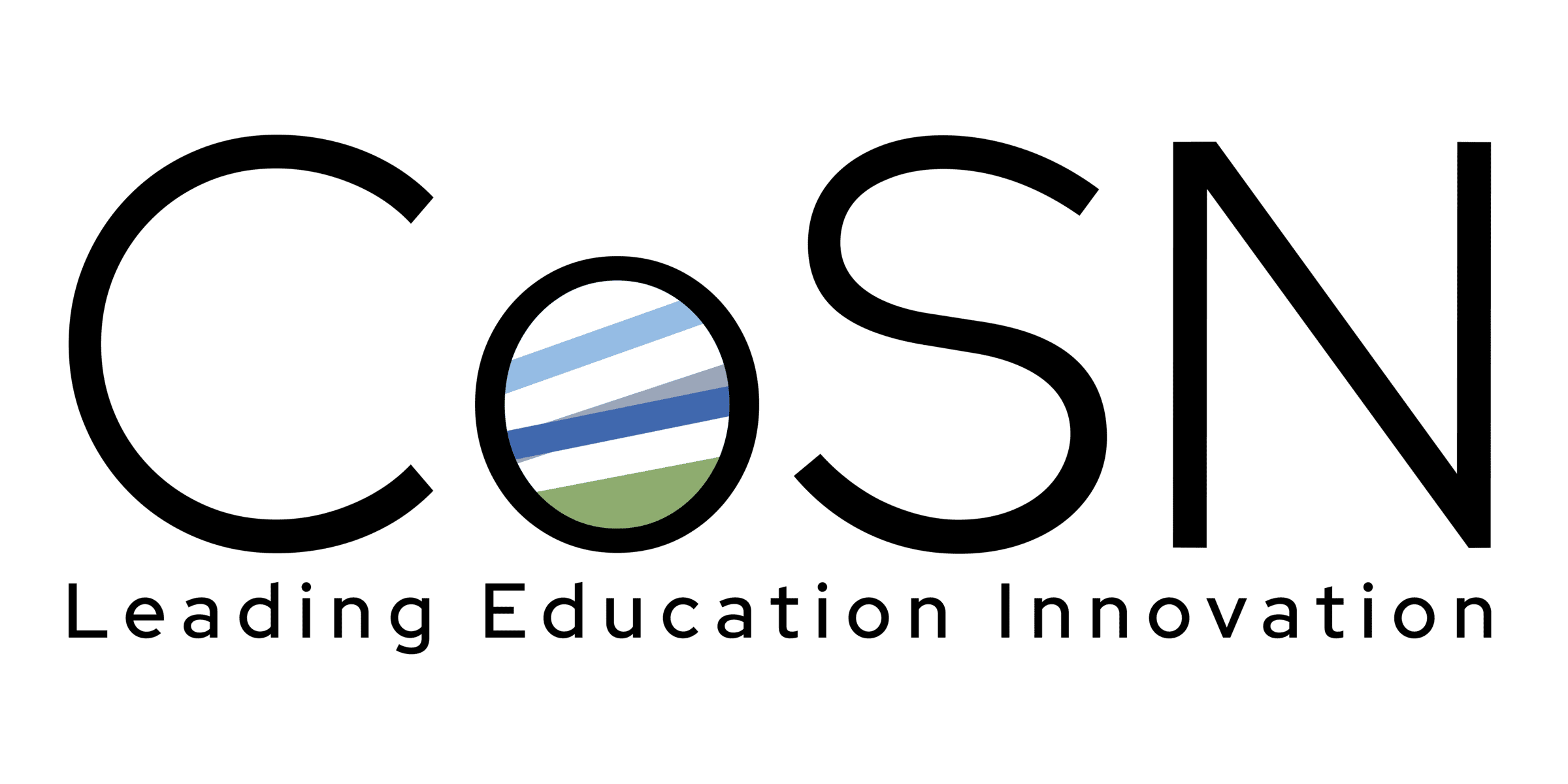As we mark the second anniversary of ChatGPT’s release, this milestone serves as an inflection point for students, educators, librarians, and school administrators grappling with the rapid ascent of this remarkable, futuristic, and occasionally perplexing technology.
If you believe the many artificial intelligence-in-education advocates (and AI tool sales spam in your inbox), the rapid rise of generative artificial intelligence in education promises to revolutionize how we teach and learn. However, as we experiment with ways to determine our next steps, reflecting on past experiences is crucial, particularly in integrating the Internet in classrooms. By learning from the challenges and successes of that era, we can ensure AI’s implementation is effective, and sustainable.

The recent movement in some schools and districts toward banning cell phones and other net-connected devices surfaces important conversations about the imperative of thoughtful conversation and professional learning to assist practitioners with innovating in teaching and learning with technology while drawing important lines when appropriate.
We’ve witnessed significant challenges from this haphazard approach. Education sectors in all forms vastly underinvested in professional learning opportunities to help teachers become masters of platforms and assist in thoughtful integration in the classroom. We witnessed teachers and institutions prefer no-cost tools due to austerity, demanding that platforms provide their services for free (especially for education), and watching the personal information economy become the core of how we pay for “Web 2.0” tools and services for teaching and learning. Despite dozens of frameworks for doing so, many students didn’t receive a comprehensive digital and information literacy curriculum in K-12. There is ample data to suggest that many students joining the workforce or going to college or technical school lack the basic digital literacy skills demanded in our information-heavy landscape.
We see the impacts of those decisions in post-secondary education, with many students needing more basic digital learning and information skills. We know the effects in our country, with many unable to navigate the massive trove of “news” resources, some of which are dubious. We saw the impact during COVID-19, when many students and teachers alike struggled to effectively move teaching and learning online during an international emergency.
Concerning generative artificial intelligence and education, we are at a crossroads. Big tech is investing historical amounts of money to develop AI tools. AI tools are now everywhere. A quick look at the top 20 free apps in the Apple App Store reveals that half of those apps are either an AI app itself or have AI integrated deeply into the features. Google, Apple, and Microsoft have baked AI into their operating systems. Snapchat and TikTok have regular advertisements or influencers pitching “homework helpers” that are nothing more than AI-infused ways to get around completing homework and assignments.
We need to act right now.
We must welcome discussions about artificial intelligence into our dialogues regarding education and incorporate them into our learning environments. Many students grapple with the current media setting. They would greatly benefit from regular, coherent teachings on the operation of artificial intelligence tools and their potential to address problems such as misinformation, inherent model biases, and other similar challenges.
We must invest in artificial intelligence, including software platforms that protect data privacy, and not defer to free models that trade in our data to pay for the service. This also means continuing to invest in modern and future-looking infrastructure (and the expert humans to manage it) to ensure that all students have access to cutting-edge technology to explore, create, and even make informed decisions when not to use these tools.
We must invest in human capacity to shepherd this new age of computing. We must ensure that all adults have an opportunity to learn about what generative artificial intelligence is capable of and how it might be used to help relieve the burden of overwork but also how and if we can integrate these technologies into our teaching and learning models to ensure we send students into a futuristic world seemingly ready to plug AI into everything we do.
We stand at a pivotal moment in integrating generative AI into education. We must embrace conversations about AI in education, prioritize investments in secure, privacy-focused platforms, and build educator’s expertise to guide this transformative era responsibly.
_______________
CoSN has resources to help schools during this pivotal time:
- Navigating Student Cell Phone Use in K-12 Schools, a resource from CoSN’s EdTech Innovation Committee
- Generative AI Maturity Tool, from CoSN and the Council of the Great City Schools
- K-12 Generative AI Readiness Checklist, from CoSN and the Council of the Great City Schools
- CoSN’s Artificial Intelligence EdTech topic initiative resource page, regularly updated by CoSN.
AUTHOR: Jason Neiffer, Executive Director of Montana Digital Academy (MT)
CoSN’s EdTech Innovations Committee and Driving K-12 Innovation
Published on: December 17, 2024
Dr. Jason Neiffer is the Executive Director of Montana Digital Academy, Montana’s state virtual school. For over 25 years, Jason has pursued innovative ways to combine technology and pedagogy to make learning engaging and meaningful for learners of all ages. His professional interests include distance learning, media literacy, digital productivity, artificial intelligence, social studies, and humanities education. His first work in educational technology was in 1984 when he set up all of the Apple IIe computers at Roosevelt Elementary School in Great Falls, Montana, as a rambunctious 4th grader. He has been chasing the thrill of Lemonade Stand and Oregon Trail ever since!
CoSN is vendor neutral and does not endorse products or services. Any mention of a specific solution is for contextual purposes.



